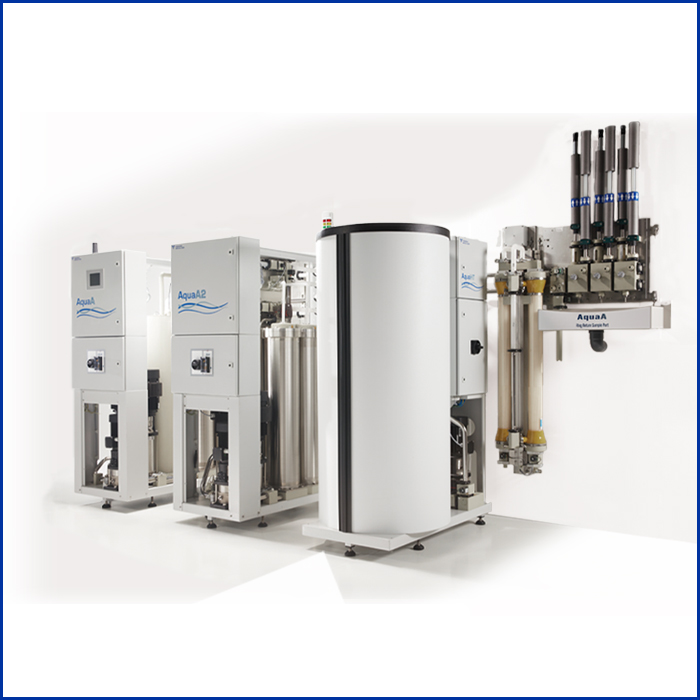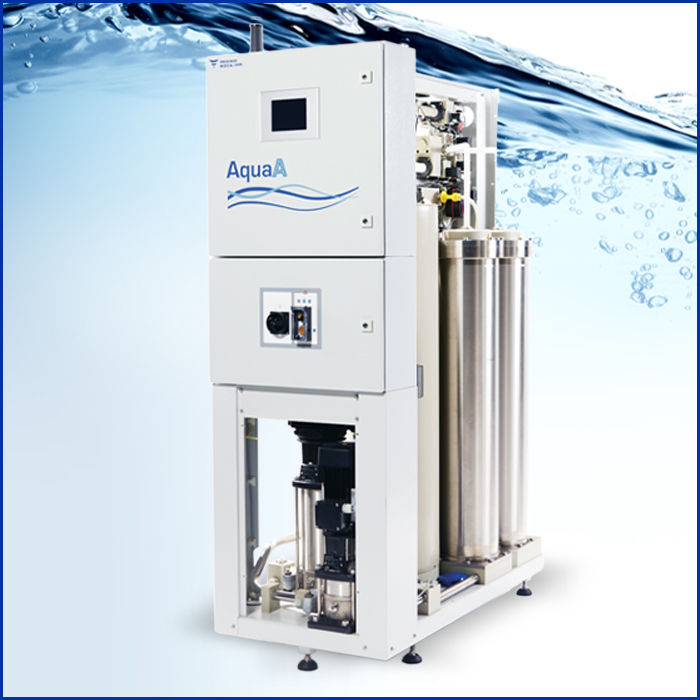
Home Dialysis Therapies: Dr. Dinesh Chatoth | FMCNA
An interview with Dr. Dinesh Chatoth, Associate Chief Medical Officer for Fresenius Kidney Care, who is working to support the evolution and growth of home dialysis therapies.
Q: How is Fresenius Kidney Care working to bring home dialysis to more of our patients?
DC: It’s not about home dialysis versus in-center, it’s making sure we have a patient-centric approach to care. A well-informed patient should be educated so they understand their options, with transplant presented as the best and first choice. We want to educate our patients on every treatment option available.
We know when patients are educated with the right information, many of them choose home dialysis. Modality education is critically important to this effort. Additionally, we are working on improving the patient’s experience at home as well as reducing the technique failure rate for home dialysis patients, all of which will help bring home dialysis to more of our patients.
Q: Who is the best candidate for home dialysis?
DC: Every patient should be given the opportunity to choose home dialysis. Almost all patients can do home dialysis with a few exceptions, such as significant scarring in the abdomen, an unstable home environment or physical or cognitive disabilities that would be a barrier to dialyzing at home. Short of this very small list, everyone else should be considered candidates for home dialysis. The level of education, experience or technological expertise does not matter. I’ve had a patient with a sixth-grade level of education who had no complications while on home peritoneal dialysis (PD) and did better than some of my other patients who were college educated.
Physicians too often think twice about considering home dialysis for patients who are obese or diabetic, yet studies have shown that these comorbidities do not impact the ability of patients to do well on home dialysis and they have excellent outcomes. Having a supportive family, while not essential, always plays an important role in the success of a home dialysis patient.
Q: Why do we not see more patients on home dialysis?
DC: There are many barriers to home dialysis. These barriers can be related to patients, physicians or the health system. The diagnosis of end stage renal disease is often overwhelming for a patient and their family and can impact their ability to make appropriate decisions. Patients often see dialysis as a complicated process and believe that the therapy is best done by a qualified and trained expert. Additionally, a significant number of our physicians feel uncomfortable caring for home patients because of their lack of experience and exposure to home dialysis modalities, especially during their training. They may feel it’s a lot easier to start a new patient on hemodialysis than PD or home hemodialysis (HHD).
Q: How are you working to help patients make a more informed choice and succeed with home dialysis?
DC: We believe that educating our patients, giving them confidence and guiding them through the process of choosing the appropriate modality will help more patients experience home dialysis. We have revamped the home therapies education program for our patients. The patient education is now broken down into bite-sized modules with additional videos describing various patient experiences. The Kidney Care Advocate program was created with the purpose of guiding and navigating our patients through the process of choosing the best dialysis modality that fits their values. These advocates follow patients through their transition into dialysis and continue to support them for 90 days. There are several studies showing that patients who stay for the first 90 days on home dialysis tend to remain long-term home dialysis patients.
We are also in the process of creating virtual communities for patients to interact with each other and share their experiences. This is a critical step in preventing the feeling of isolation that a significant portion of our home patients have expressed. Additionally, we are looking to standardize the training process for our home programs with the purpose of making them best in class.
Q: Why do you sometimes see resistance from physicians to prescribe home dialysis?
DC: Many physicians are not trained on home dialysis during their fellowship. In fact, almost 45 percent of nephrologists coming out of their fellowship feel that they do not get enough exposure to home dialysis. They simply do not have enough understanding to prescribe home dialysis with the patient’s interest and flexibility in mind.
Physicians often feel they should be the one making the choice for their patient and that they know what is best for them, but too often they are wrong in assuming a patient is not a good candidate for home dialysis. We have seen time and time again that patients who we believed were not good candidates for home dialysis actually thrive under the new therapy. Physicians need to understand that when a patient makes the choice based on their values and what matters to them, they are engaged and committed to succeeding on home dialysis.
Q: What are some of the biggest innovations that may help propel home dialysis to become more mainstream?
DC: One of the biggest challenges we face today is patients feeling isolated in their home environment. Better remote monitoring of our patients can revolutionize home dialysis. We are developing solutions where treatment can be monitored remotely and there is two-way communication everyday with patients and staff. This will allow patients to be at home but feel more closely monitored by their care team.
Patients often feel stressed because they are fully responsible for their treatment and worried about doing something wrong. Those barriers can be mitigated with improved technology and connectivity. It’s something we’ve been working hard to improve and are seeing a lot of progress.
Additionally, Congress recently passed a bill that allows for remote telehealth visits under Medicare. This will allow physicians to do two out of three monthly physician visits remotely, providing more flexibility for both the physicians and patients.
Q: How do we help patients sort through all their choices to make the right decision, whether deciding between peritoneal or home hemodialysis, or picking the right dialysis machine for them?
DC: The first thing we need to do with our patients is determine what matters the most to them. An online tool called My Life My Dialysis Choice helps patients with prioritization. Values can be different for different patients. For a patient who works during the day, a home nocturnal therapy may be an option – or a nocturnal in-center solution. For someone who wants or needs to be with their grandkids more, peritoneal or home hemodialysis might be better depending on their care partners, support system and the home setting. The decision should be determined by what matters most to the individual patient.
RESOURCES:
How to Help a Patient Succeed on Home Dialysis by Dr. Dinesh Chatoth
Home Dialysis at Fresenius Kidney Care
My Life, My Dialysis Choice decision tool



